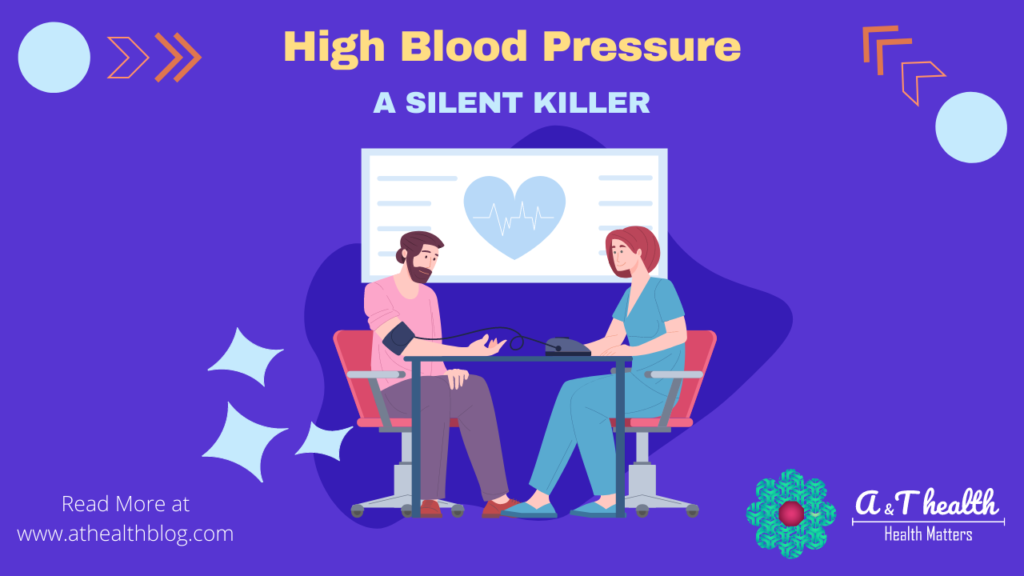Vitamin D, a fat-soluble vitamin, is also known as the sunshine vitamin. It has two types, D2 (ergocalciferol, found in plant sources) and D3 (cholecalciferol, found in animal sources). It has an essential function in maintaining healthy bones and teeth. Sunlight is its primary source. Increased risk of metabolic bone diseases, rickets and osteoporosis are the most visible Vitamin D deficiency impacts.
Sources
It is intrinsically made in the animal body. It has some dietary sources and is also available as a vitamin supplement.

Sunlight – Natural source of Vitamin D
Vitamin D3 is naturally synthesized in human and animal skin when the sunlight strikes it.
People who do not get sufficient exposure to sunlight might have a deficiency and need to intake it from dietary sources.
Season of the year, latitude, your outdoor time of the day, use of sunscreen, skin thickness and pigmentation are a few factors that can limit your exposure to sunlight.
Dietary Sources of vitamin d
It is not widely present in nature, but its provitamins are common in plants and animals.
1. Fishes
The richest biological sources of vitamin D are fish liver and oils. Fatty fishes (Salmon, Tuna, Trout, Herring, Sardines etc.) provide significant amounts of it. The amount of vitamin D can vary in farm-raised fishes, and it will depend upon the amount of vitamin d added to their feed.
2. Eggs
Hen eggs are also a rich source of it. The vitamin D content of eggs varies depending upon the hen’s feed and exposure to the sun.
3. Mushrooms
Edible mushrooms are rich in vitamin D (D2 mainly). Mushroom producers increase vitamin D content in mushrooms by exposure to sunlight or Ultraviolet light.

4. Fortified foods
Besides other nutrients, vitamin D is also fortified in many regular foods to provide adequate nutrition. These include fortified margarine, breakfast cereals, cheese, yoghurt, milk, synthetic juices and infant formulas.
5. Supplements
It is added to many pharmaceutical and nutritional supplements.
Various pharmaceutical companies commercially provide supplements having vitamin D content ranging from 400 IU to 50,000 IU.
Most oral and intramuscular injectable formulations contain 200,000 IU.
Activation
Our body needs to activate vitamin d to bring it into use. Parathyroid hormone (PTH) regulates its activation. When the calcium level drops to a certain level in our blood, PTH is released, which initiates the process of its activation. During activation, two hydroxyls (-OH) are added to vitamin d by the liver and kidney, respectively.
Expression
The standardized expression for it is IU (international units). One IU of Vitamin D equals 0.025 mcg of vitamin D2 or D3. For example, if your supplement contains 10mcg of vitamin D, it means it has 400 IU of it.
Uses of vitamin d
Our body systems use vitamin D for many functions. Some of which are;
1. Calcium transport
Activation of synthesis of calcium transporter proteins in the intestine and absorption of calcium from the intestines
2. Calcium homeostasis
Maintaining the ratio of calcium and phosphorous in the blood.
3. Bone mineralization
Contribution to bone formation (mineralization) and mobility of minerals (demineralization).
4. Bone demineralization
In the bones, active vitamin D causes cells to differentiate into cells that break down bone. The breakdown of bone releases calcium and phosphorus into the blood.
5. Genes expression
Regulation of many genes expression, including oncogenes (cancer-causing genes)
6. Muscle growth
Maintaining intracellular calcium levels in muscle cells (myocytes) that affect muscle contractility and muscle building.
7. Antioxidant
Regularising antioxidants that scavenge reactive oxygen and nitrogen, keeping the cells protected from damage.

Vitamin d also helps in reducing the risks of certain medical conditions like;
8. Secondary hyperparathyroidism
Increased circulating vitamin d (25-OH-D3) is linked with PTH reduction. Therefore, it is also used in secondary hyperparathyroidism (a condition where PTH level is increased in blood serum).
9. Immunity
It is also needed for the normal functioning of the immune system and the inflammatory process. Therefore, it may help reduce risks of immunity and inflammation-related conditions like asthma, rheumatoid arthritis, multiple sclerosis (MS), type 1 diabetes, inflammatory bowel disease and atopic dermatitis
10. Cardiovascular health
It has a function in regulating the renin-angiotensin system, inflammatory process, calcium homeostasis and proliferation of vascular smooth muscles. Therefore, it is vital for cardiovascular health. Low circulating vitamin d (25-OH-D3) levels are associated with coronary risks, stroke risks and mortality.
11. Neurologic health
Vitamin d as a neurotropic protects the brain from certain diseases like Parkinson’s and schizophrenia in children and dementia and cognitive decline in older adults.
12. Skin health
It has a photoprotective role in the skin, and it protects the skin from damage from UV-induced DNA damage, inflammation and cell death.
13. Gut Health
It is essential for maintaining the gut microbion and protecting you against some bacterial infections.
14. Adipose (Fat) functions
It induces apoptosis in fat tissue and helps in fats metabolism. Therefore, with more vitamin d levels, you will have less BMI, weight gain, body fat mass, and insulin resistance. Moreover, it improves insulin sensitivity and helps diabetics.
15. Pregnancy
Its circulating levels are increased by 2-3 folds during the first three months of pregnancy. Adequate levels of vitamin d lower the risks of HIV transmission to the fetus, preeclampsia and gestational diabetes and are essential for normal fetal structure development.
Recommended Dietary Allowances (RDA)
US national institute of health recommends following dietary intake of vitamin d per day for both males and females.
| Age | RDA |
| 00-12 Months | 400 IU |
| 01-13 Years | 600 IU |
| 14-18 Years | 600 IU |
| 19-70 Years | 600 IU |
| Above 70 years | 800 IU |










